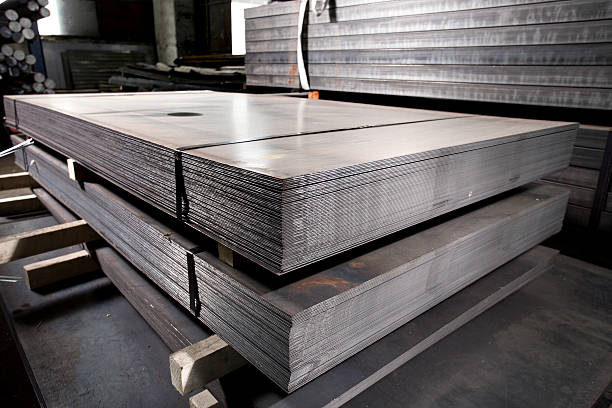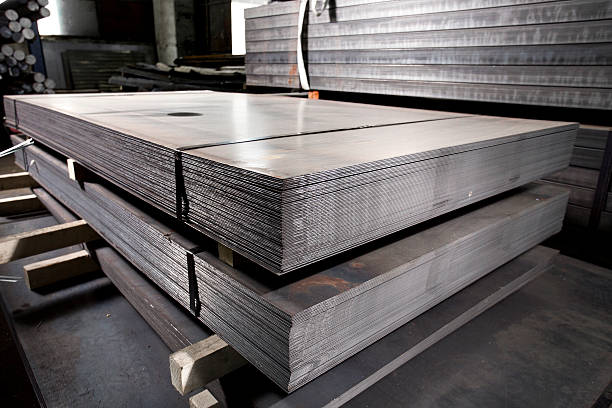Tolerance can be defined as a deviation from original dimensions which may have important results on the performance of the end product sheet metal. Over-toleration of particular dimensions may cause the produced part to fail in complying with design and performance needs later in its operational life cycle. In such cases, it certainly takes a serious amount of money and time for correction, and repairing efforts in this regard usually end up clutching at straws. Moreover, production costs will be drastically increased with the increasing degree of toleration which results in absurdly high product prices. The manufacturers are usually aware of this reality. Thus, choosing the tolerances of sheet metals as wide as possible without a trade-off with the operational functionality of the produced part is the key solution to overcome the above-mentioned problems. Occasionally, decision-makers of production miss the reality that tolerances of sheet metals should be chosen according to design requirements. Tolerances depend on the design parameters, meaning that a design can work on tight tolerances whereas another one needs wider tolerances to perform its function. Latter mentioned design usually less expensive to produce and usually more resilient. So, it is crucial to decide on the tolerances of these particular sheet metals at the initial steps of the design process.
Classification of sheet metal tolerance
Locations of tolerances are peculiar to the bandwidth of different process methods. There are mainly two classes of tolerance, and the producer should be well acquainted with both for separating them according to machining operations. One of these classes is known as “usual tolerance” in which occurrence of tolerance is not purposefully and the other one is “most applicable tolerance” which covers precise tolerances occurred on purpose. The usual one is standardized for nearly all the machining methods. In these standards, requirements for different processing methods are explained. It is due to the type of processing method if something definite can be decided about the most applicable tolerance. For instance, it is easier to decide on max tolerances in cutting operation but in the case of laser, autogenous, and plasma cutting, it is on the contrary. As mentioned earlier in this post, the amount of increased intolerances is directly proportional to the cost due to the risk of rejection for the produced part and machine calibration endeavors. Moreover, the existing processing methods may not be adequate and applicable to producing the desired product.

Since every operation seeks different tolerance principles, these are listed according to each operation. Please visit our specific sheet processing page to gain further info.


